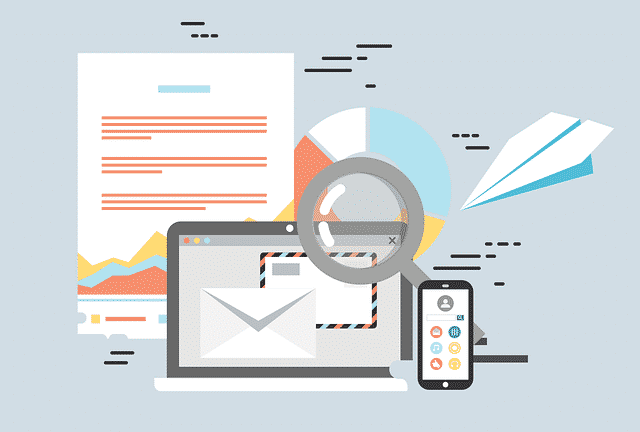The Role of Email Marketing in an Omnichannel Strategy
Modern consumers are increasingly getting used to being able to communicate with businesses via multiple channels, including email, text messages, voice over IP software, and more.
In future choices will no doubt increase exponentially. Some of the new technologies include wearable devices, smart watches, voice interfaces such as Alexa and Siri, and AI customer support agents.
Is email becoming redundant?
Does that mean email is or will become redundant? We don’t believe so, and here is why: none of these communications channels can work properly in isolation. What the modern customer wants in an integrated approach, where he or she can switch seamlessly between email and one or more of the other technologies mentioned above.
Furthermore, the global number of email users is growing consistently. According to a recent Statista report, it will reach 4.3 billion in 2022.
Email’s role in a successful omni channel experience
Since it seamlessly integrates with other communication channels, email helps to provide a consistent user experience. It also assists brands in effectively communicating with clients at all contact points on their buying journey.
Email is the perfect way to establish long term relationships with your clients via regular, targeted interactions.
It is also easy to optimize email communications for mobile devices in order to provide a seamless experience to the customer, regardless of the device he or she is using
Email is able to capture a broad audience
The fact of the matter is that every digital device with an internet connection can accommodate an email account. This provides marketers with the opportunity to engage with their current and prospective customers 24/7, via any device, anywhere on earth – e.g. informing them that they still have one or more products in their shopping cart, or that certain special offers will soon expire.
A more personal customer experience
Email data enables your marketing department to implement effective customer segmentation and to send out targeted emails to different groups based on buying behavior, demographics, propensity to buy and past purchases. Adidas, for example, can send an email to a runner informing him or her about the latest range of running shoes that are perfectly suited to their type and style of running.
Interactive emails help boost sales
Interactivity is becoming increasingly important in the relevancy and evolution of email. In this regard think how popular GIFs, collapsible menu bars, sliders, videos and integrated games have become in personalizing the client experience and delivering highly relevant targeted email content.
Email remains a great testing tool
An email campaign can be tested on a small subsection of your target audience before going live. You can play around with things such as the placement of the call to action, different subject lines, different layouts and of course the products/services on offer.
The whole exercise can be a seamless experience at a very low cost, yet it can help your firm to interact with each group of customers in a way that speaks to them.
Seamless integration
Email has the capability to seamlessly integrate with other channels and in the end to significantly increase customer satisfaction and response rates. It can be utilized to drive buyers to your brick and mortar store, and also to your online store.
It is also a great tool to re-engage with past buyers and offer them related or complementary products, or to draw them to your social media site for consistent long term interaction.
It’s also quite easy to optimize emails for viewing on mobile devices, or to include rewards vouchers or coupons.
Finally, email is particularly effective when you are running an omni channel marketing campaign, for example a loyalty rewards program.
Such a program can’t achieve its goals without regular and consistent interaction with customers via multiple channels, and email can be an integral part of this.




